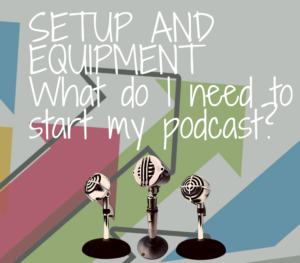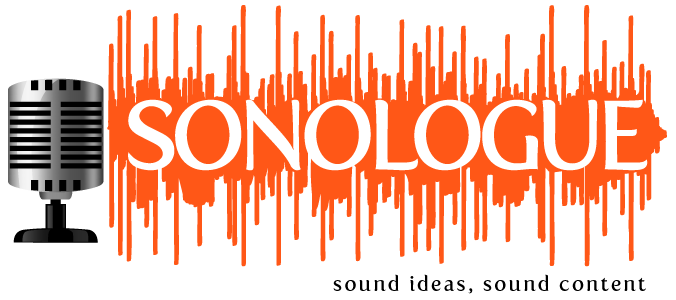I get asked about podcasting equipment a lot and so I have put together a rough guide to everything you need to set up a small recording studio — whether as an individual or as an organization. Depending on your budget, you can get close to professional sounding recordings.Â
Some of these items are on this studio basics list and we discuss all the options and all the set up variations in our webinars. Before you click and buy, here’s a run down of what you’ll need:
 Essentials:
Essentials:
* A microphone – ideally one per speaker
* A recorder – into which your mics plug in
* Headphone – at least one for monitoring the audio input
Extras/Peripherals:
* Cable to attach your mic to the recorder
* Pop filter for each speaker
The rest is, honestly, variations on this theme. You need something to record on (recorder, computer, phone), something to record with (mic) and something to monitor your audio with (headphones).Â
Note: Everyone needs a mic. Yes, a proper mic, not just your laptop or phone. A good rule of thumb is to choose a dynamic mic. You can find a list of good podcasting microphones organized by setup and by budget here*
It’s up to you what you record on: directly on a laptop using audio editing software, or on your mobile phone using a voice app, or on a field recorder. Again, this depends on your format and set up.Â
For instance, if you’re doing a features and documentary podcast, it will be unwieldy to carry your laptop around, you may prefer a dedicated field recorder, but you can improvise and go with an app on your phone. With these you can plug in a USB mic or Phone mic. This is a hot topic in our Interviewing for Podcasts webinar (#4 in the Podcasting From Scratch Webinar Series)
If you’re stationery, you can upgrade to the rodecaster pro and get really technical. It’s a lovely piece of hardware that lets you plug in 4 mics AND connect a phone call via bluetooth. (The cheaper version is the Maono AU AM-200 but that allows only stereo inputs, not XLR). They’re both as big as a large mithai box so it’s not really portable — but, if you’re not going in the field, it’s awesome.Â
Another option, if you’re only doing panel discussions or co-hosted studio recordings, is the Zoom H3-VR and with this, you could do without the external mics totally. Just be careful about the placement for this.
You also need to soundproof your recording space as best you can. There are a lot good tips online and you can also attend my webinar on recording (which I host every month or so). #ProTip: Avoid conference rooms!Â
(*Sonologue earns money from this storefront. )
If you still have questions, please sign up for a workshop or book a consultation with us.

0 Comments